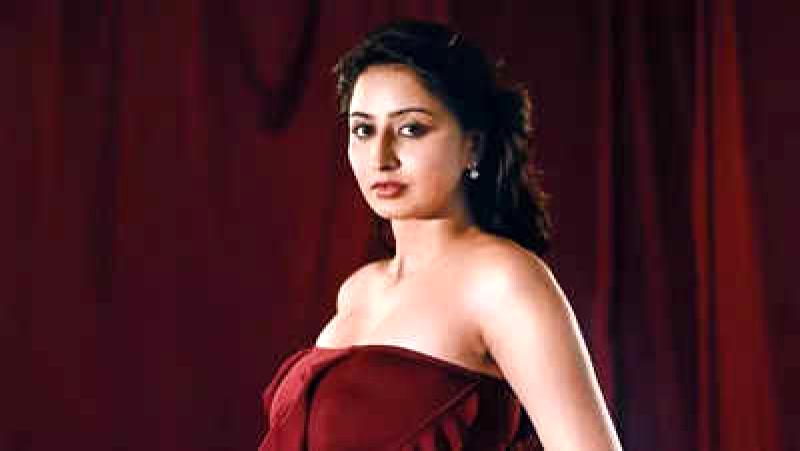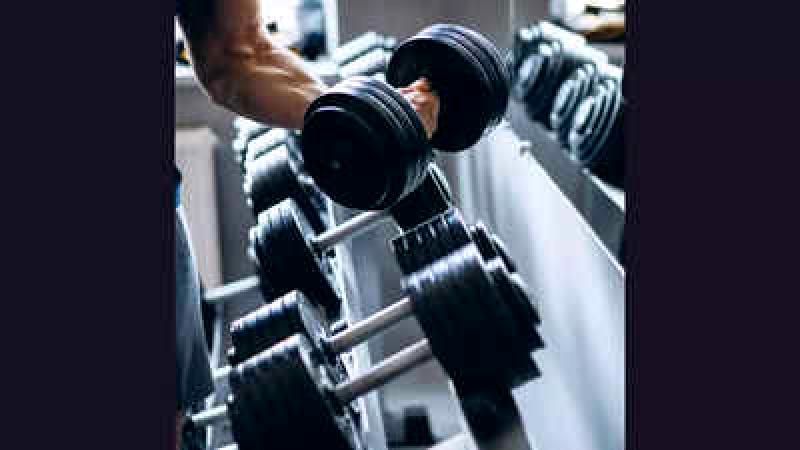
While women in the Kannada film industry are celebrated as 'sheroes' on screen, they continue to face challenges off-screen in finding their place and voice. Despite being lauded for their performances, costumes, makeup, and hairstyles, many women behind the scenes struggle with basic facilities and pay disparities on film sets. Although there has been a significant increase in the number of women working in various roles, such as stylists, choreographers, and cinematographers, the industry infrastructure remains predominantly male-oriented, with limited inclusivity for women. This environment perpetuates everyday sexism, leading some women to adapt to the status quo while others leave the industry to pursue independent work. Here are the perspectives of some women working in the industry:Makeup artist: The makeup industry is predominantly controlled by male 'makeup dadas,' with men also dominating the makeup artists' association. This patriarchal dynamic results in lower daily pay rates for women working through the association compared to independent work. Despite some female leads requesting specific makeup artists, women are often required to work alongside a male colleague assigned by the association. This can create uncomfortable situations on set, where female leads may have to rely on male colleagues for assistance with tasks like zipping up outfits or applying certain types of makeup.
Female actors like Vydurya Lokesh are only considered for smaller projects, according to a screenwriter. Producers often question whether a script is women-centric, assuming that women can only handle low-budget or non-commercial films. There is a stereotype that women are limited to certain genres in filmmaking. Some women in the industry face challenges such as not being taken seriously as directors or not being paid fairly. A screenwriter and associate director emphasize the need for change to provide basic necessities for women in the industry. A stylist recalls a situation where she had to forgo basic needs like using the restroom during a 24-hour shoot in a deserted area. Despite some improvements in inclusivity, the film industry still falls short in meeting these basic needs for women.We require increased participation of female voices to be heard in the industry, states voiceover artist Sparsha RK. From the lack of female dialogue in films to the limited opportunities for female dubbing artists compared to their male counterparts, the disparity is evident. There is a shortage of women-centric films being produced currently, and it has been a considerable amount of time since a significant solo song by a female singer was released. The trend seems to focus more on duets and 'item songs'. It is crucial for the industry to showcase more women's voices on screen.










